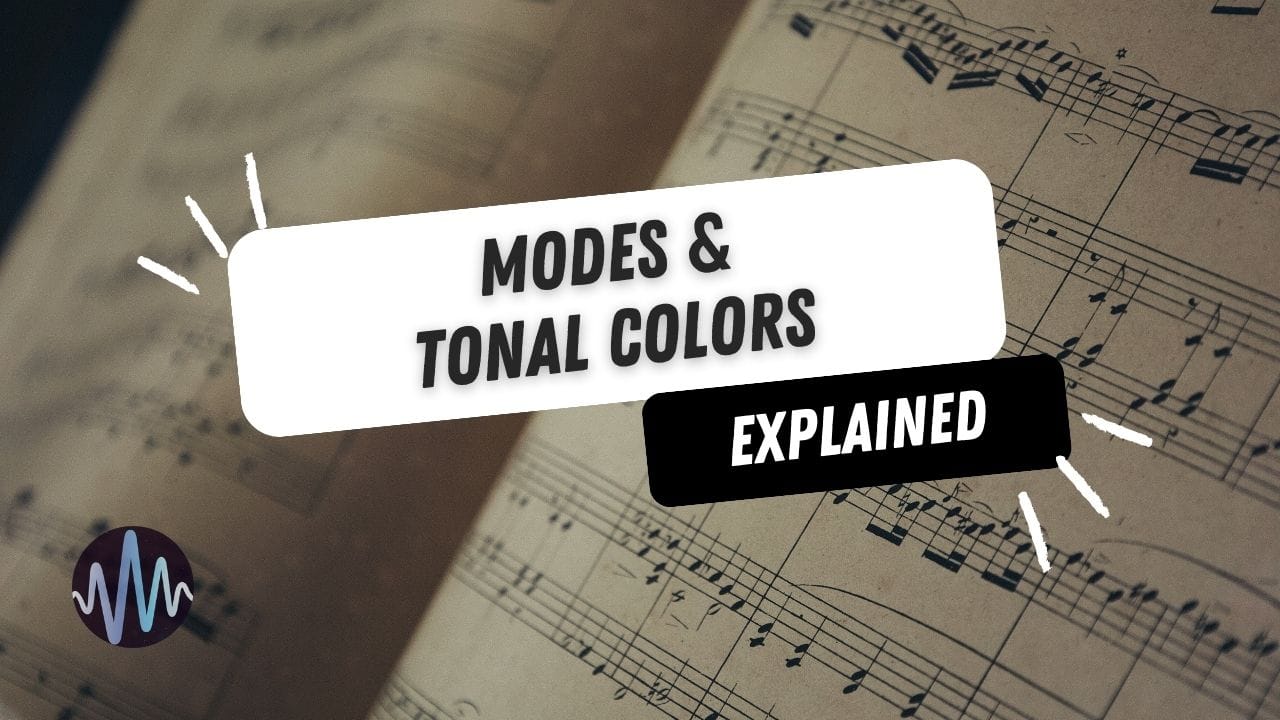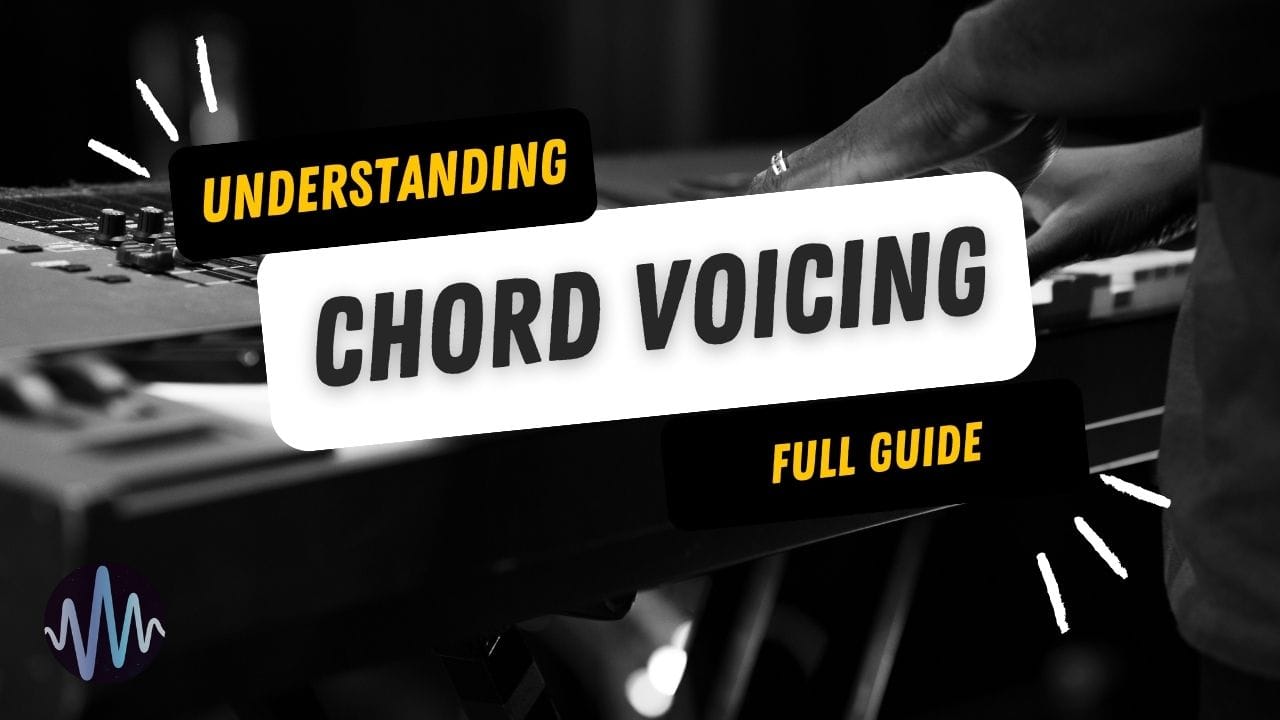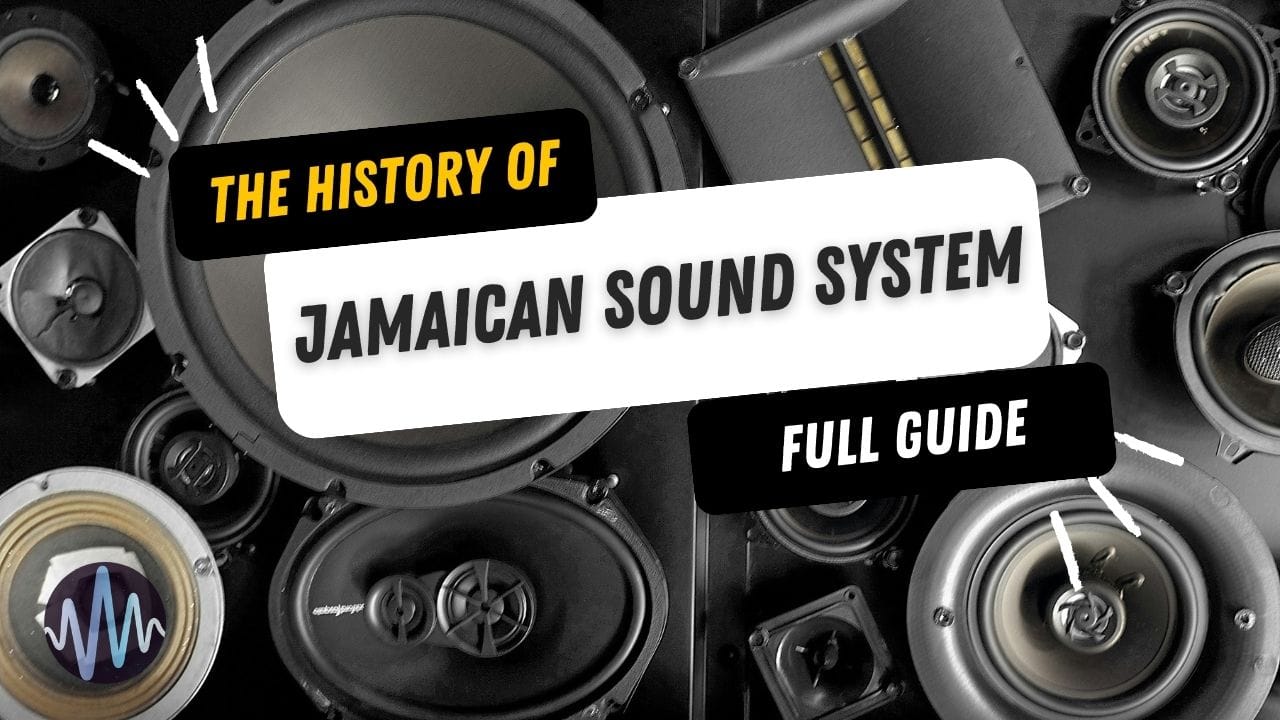
Modes are in music what spices are in cooking: you might be able to create something without using them, but it’ll never be quite as unique or “flavorful”!
Mastering modes and scales is the easiest way to make songs that perfectly reflect a mood; they are part of the music vocabulary that has defined Western music since Ancient Greek times.
In this brief guide, we’ll analyze and discuss each musical scale, with examples that’ll show you how you can use them in your music, regardless of your genre.
- What Are Musical Modes?
- Interval Sequences
- All the Modes, from Brightest to Darkest
- How to Use Modes in Your Music
What Are Musical Modes?
A mode is a scale you create by taking the notes of a scale and choosing a different tonic or “home” note.
For example, the C major scale looks like this:
C – D – E – F – G – A – B – C
If you start from D instead of C and play the same notes, you get the D Dorian mode:
D – E – F – G – A – B – C – D
The notes haven’t changed, but because D is now the tonic, the distances between the notes are different, and so is the scale’s mood. These distances between notes are called intervals.
Interval Sequences
What makes each mode unique is its sequence of whole steps (W) and half steps (H):
- A whole step (W) is the distance between two piano keys (for example, C to D).
- A half step (H) is the distance between one key (for example, C to C# or E to F).

By following the interval sequence of a mode, you can build it starting on any note.
For example, the Ionian mode (major scale) uses this formula:
W–W–H–W–W–W–H → C–D–E–F–G–A–B–C
And here are the seven modes of the major scale, with their interval sequences:
Ionian (Major): W–W–H–W–W–W–H
Dorian: W–H–W–W–W–H–W
Phrygian: H–W–W–W–H–W–W
Lydian: W–W–W–H–W–W–H
Mixolydian: W–W–H–W–W–H–W
Aeolian (Natural Minor): W–H–W–W–H–W–W
Locrian: H–W–W–H–W–W–W
Now, try to play each mode on the guitar or piano, and you’ll notice straight away that each has its own unique "vibe".
It might seem daunting at first, but learning the intervals just requires a bit of daily practice, and once you master them, you’ll have access to a vast sonic vocabulary you’ll be able to use in all genres and styles.
All the Modes, from Brightest to Darkest
Lydian (major)

- Formula: W–W–W–H–W–W–H
- Characteristic note: Raised 4th (♯4)
- Mood: Dreamy, hopeful
The brightest of all modes, Lydian is the quintessential happy mode.
Ionian (major)

- Formula: W–W–H–W–W–W–H
- Characteristic notes: Natural 3rd and 7th
- Mood: Bright
Ionian is the standard major scale.
(Here, the primary progression is Aeolian, but the melody centres around the root note of the relative major Ionian)
Mixolydian (major)

- Formula: W–W–H–W–W–H–W
- Characteristic note: Flat 7th (♭7)
- Mood: groovy, folk-like
The lowered seventh degree adds a bit of tension to this major mode.
Dorian (minor)

· Formula: W–H–W–W–W–H–W
· Characteristic note: Natural 6th in a minor context
· Mood: Minor but upbeat
The brightest of the minor modes, Dorian feels hopeful despite being close to the natural minor scale.
Aeolian (minor)

- Formula: W–H–W–W–H–W–W
- Characteristic notes: Flat 3rd, 6th, and 7th
- Mood: Melancholic
Aeolian is the natural minor scale, so it’s undoubtedly the most popular minor mode. You’ll find it anywhere, from experimental EDM to heavy metal. It’s probably the most popular chord progression in deep house and other dance-floor genres.
Phrygian (minor)

- Formula: H–W–W–W–H–W–W
- Characteristic note: Flat 2nd (♭2)
- Mood: Dark, exotic
Dramatic and with a Middle Eastern feel, Phrygian is the perfect mode if you want to add tension to a track.
Locrian (minor)

- Formula: H–W–W–H–W–W–W
- Characteristic notes: Flat 2nd and flat 5th
- Mood: Unstable, dissonant
Rarely used, Locrian usually feels dissonant and unsettling.
How to Use Modes in Your Music
So how do you use this newly acquired knowledge to make better music?
Start by creating an engaging chord progression. Whether you choose a minor or major chord progression, this is the foundation of your music and will define how your track will evolve.
If you haven’t done it already, make sure you identify the root note or home chord. This note will be the anchor for your piece.
If you decide to use a minor key, try Dorian, Phrygian, or Aeolian scales, making sure you follow the note sequence outlined above. If you’re working with major chords, go for Ionian, Lydian, or Mixolydian.
Adjust your chords if they don’t fit the mode, or try a different mode if some notes clash with the progression.
If this is your first time experimenting with modes and tonal colors, the best approach is to start simple, with one or two chords to accompany a melody. If you're using Sample Focus, you can use our powerful search engine to filter out melodies and chords based on their key.
As you gain confidence in your skills, you can create more complex progressions and try out more modes until you find your unique sound signature.
Your ear is the ultimate judge; there are no hard rules in music, so if a composition sounds cohesive and melodious to you, leave it as it is. However, knowing enough about music theory to understand and recreate certain musical structures will help you become a better and faster producer.
Have fun!






Comments